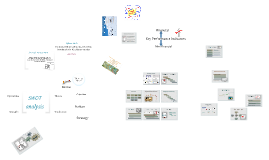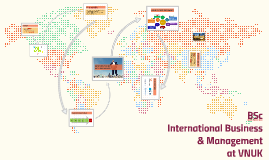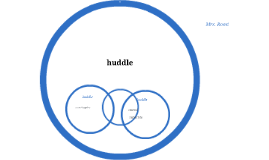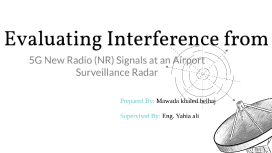Bsc
Transcript: Max's Partnership Executive Plan 30 Days 30 Days The first 30 days will consist of putting this plan in action. Prospecting the initial contacts within the partnership areas, and establishing the foundations of the partnership process. Building a report for partnership outreach styles and there sucess. Learning Goals Start Your Engine Shadowing Rahim Understand the pre signed and post signed partnership process Work with both Phil and Rahim to further understand the partnership lifecycle It would be stupid not to shadow Rahim and learn from him and the way he has helped Phil develop partnerships this FY The Struggle Etablish Initial Contact with Smaller Prospects I dont want to underestimate how difficult this will be, even though I 100s of ideas not all of them will come to fruition.So my initial aim will be to learn from lost opps and not focus on them. This is something I've already started, getting in touch with some small fintech start ups and some inurance companies to build initial pipeline over this quarter for a start in April. Key Target Areas Performance Goals TAA-Insurance, Fintech, Banking, Membership Bodies, Software Providers HRI-Employment Liability Insurers, Fintech, Banking, Membership Groups and Sub based forums INFORM-Fleet Insurers, Insurance, CQC inspectors, Fintech Personal Goals Personal Goals Quick Wins- Building a strong pipeline of partnerships and winning smaller ones to start seeing the returns TBC Road to Close- Ambitious, but, after 2 years of BSC work I think I'm at the stage where I can begin closing opps, having looked after (and I mean looked after ) CT, I think I can act as a BDM in a 360 Partnership role 60 Days 60 Days David & Goliath Big Ideas Big Ideas - - - - - - - - - Every Business needs a bank. Thats why I will look to partner with a combination of household name banks where a large number of business will use and a number of startup Banks that people and business are starting to use because of new tech, lower fees and intergration with wider software. Offering something akin to Hub to clients can help banks drive value and retain customers (CIPD membership) Fintech could probably be the most lucrative partnership possibility. Fintech's openly look for partners andwith us not only as a main provide of TAA information we can market the value of general business needs with HRI and H&S. Additionally there are always new ones starting out. Software Providers are key in getting data, most if not all accountants and finance professionals will be using a software to keep the books in check. HR - Bright HR would be a great way to partner in this way if we rolled this group wide. H&S - Not necessarily using software but if small business are using softwares for things like payment processing etc, Perhaps here we can create a sort of business hub for partnerships Lead Gen Sales Navigator- essential in meeting partners, Linkedin, no limit to what we can find LS to provide license Events Attending all events whether Acctx, DAS, Care shows, going to non company events, always building our network. Practices as Partners, Building on MBH as a way of bringing incentivising our biggest practices to bring our clients Using Our Network- Using a conference day to really push partnership proactivity across all business areas (working with Al Mac & Mercy) Personal Goals Personal Goals BDM?-God loves a tryer Bigger partnerships signing, developing partnerships groupwide(or at least starting it) Developing more marketing strategies within and outside of partnerships. 90 Days 90 Days Built the house, now the extension. In Full Swing In Full Swing Having established the foundational partnerships, I will look to push even further with the opportunities Working with events, hub and directors to have quartely partnership idea sessions. Focusing on rebuilding and developing a partnership hub, MBH reimagined (PenCanWeb) Building on Group Wide Partnerships Going Global-A Career In Partnerships Going Global A thought for th future, by creating a cross group partnership strategy we can develop more opportunity for group partners rather than just Croner I partners. Going to events that Bright, Peninsula UK & IE go to could generate us a lot of possible partnership opportunities. If we don't jump out of the fishbowl and into the Ocean we'll only be as big as the fishbowl(credit to Angela). A global Peninula partnership team/project is worth exploring and this is something i would like to help develop as part of my Career Pathway. Closing Statement The No Brainer Close 3 Quarters Hit for Rev, 165 closed won opps at £2,354,322.02, started with a brand new BDM and have been his only stable BSC and now hes TOPGUN BDM Believer in the Business, Especially MVTT with 70/165 (43%) of deals won as VIP(£1,570,073.42) I've already started. Meeting with Hiscox on Tuesday 30th, QuickBooks interested, Starling Bank meeting Friday, Marsh Insurance meeting next week.

















